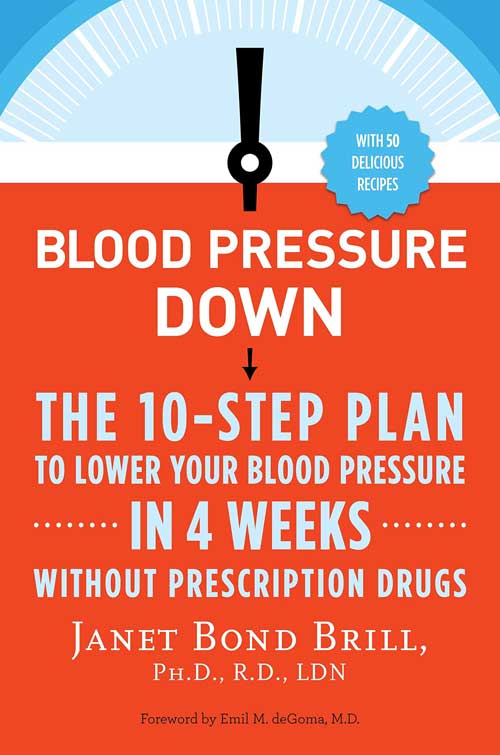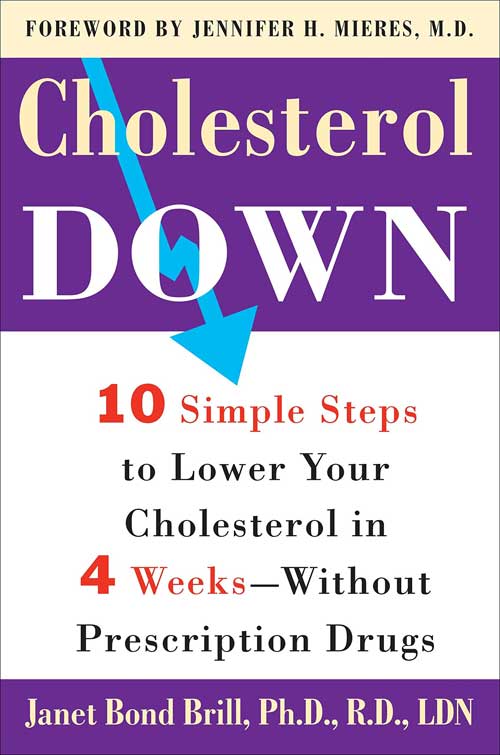By

Whether you have just started working out, or you have been at it for a long time, you have probably heard about the fat burning zone versus the cardio zone.
Essentially, that there are certain heart rate levels, or zones, that you should aim for to achieve different results.
- For fat burning, your heart rate should be about 60 to 70 percent of your maximum heart rate.
- For cardio, your heart rate should be at about 70 to 80 percent.
- If you are going for seriously high intensity cardiovascular training, then your heart rate should be at 80 to 90 percent.

There is some debate about whether or not these zones are really effective for weight loss. After all, regardless of which zone you end up in, you will burn calories in fat. Some experts say the fat burning zone is a myth because even if you do tend to burn more stored fat at the lower heart rate, you don’t burn more calories.
However, our focus is more on cardiovascular and pulmonary conditioning – strengthening your heart, lungs, and blood vessels to help prevent or manage hypertension, heart attack, and stroke.
How the Training Zones Work
The theory behind the training zones is that challenging your heart and lungs strengthens them and helps them to run more efficiently when you aren’t exercising. The more you challenge your heart, the more efficient it will be when you are at rest.
When you do cardiovascular exercise, your heart beat and respiration increase to keep up with your body’s higher demand for oxygen. If you do cardiovascular exercise regularly, your heart, blood vessels, and lungs all have to get stronger to adjust to the new physical demands on your body – the same way your muscles get stronger if you lift weights regularly.
Eventually, your heart will pump more blood with each beat, and your lungs will be more efficient at getting oxygen into your blood stream, all of which will enable more oxygen to get to your muscles and feed your workout.
The interesting thing about cardiovascular training is that as your cardiovascular and respiratory system get stronger, you will be able to work out longer, and at a greater intensity, to reach and maintain the same target heart rate zone.
Cardiovascular Exercise Options
Your choice of cardiovascular exercises is vast. You just need to make sure that the exercise you choose will allow continuous movement for at least 30 minutes, and that you can adjust the intensity if you need to.
If you have knee or other joint problems, you should consider an exercise that’s low-impact and non-weight bearing, such as cycling, the Street Strider elliptical trainer, or combine the two exercises, and get some fresh air. Other cardiovascular options include running/jogging, swimming laps, dancing, and rowing.
How to do Heart Rate Training
First: you should consult your doctor, especially if you have a pre-existing condition. Heart rate training can be fun, but it’s also designed to stress your heart; if you are already ill, heart rate training could be dangerous.
Determine your maximum heart rate by subtracting your age from 220.
For example,
- If you are 45, then your maximum heart rate is 175.
- Once you have your maximum heart rate, multiply that number by the target zone percentage.
- So, if you want to work out at 70 to 80 percent, you would multiply 175 by .7 and .8, making our target heart rate between 122.5 and 140.
Invest in a heart rate monitor. While it’s true that you can take your heart rate by feeling your pulse, it’s not always easy to do while you are in the middle of a workout. Some machines might have heart rate monitors, but you that mean you have to keep your hands on the sensors. Also, those readers aren’t always accurate. A basic heart rate monitor with a watch and chest band, will let you keep track of your heart rate without doing much more than looking at your wrist.
Start slowly. When you first start out, you might find that your heart rate jumps to 70, even 90 percent fairly quickly. Although this is normal, you don’t want to overdo it with your first go out. Consider starting off in the fat burning zone, then gradually increasing to the cardio zone. If you feel dizzy, or if you notice trouble breathing or chest pains, stop exercising and seek help.
Always warm up and cool down. For a 30 minute session you should allow five minutes of warm up and cool down on each end, for 20 minutes of exercise in your target zone.











